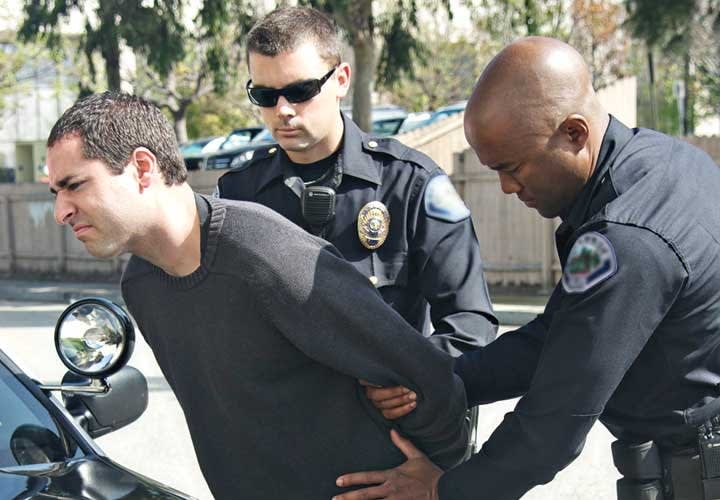Other factors inhibiting a proper search may be due to environmental conditions. Gale force winds or heavy downpours make it difficult to search someone.
Another factor may be the presence of hostile others in the area. Conducting a thorough, systematic search of some gangbanger on a street corner in front of 20 of his homies is never a good idea. Lastly, conducting a proper search of a combative subject is always difficult.
But there are some tactics you can use to make yourself safer. Always remember we need to Immobilize, Control, Handcuff, and then Search. Once handcuffed, search the subject's immediate area where he or she can retrieve a weapon while handcuffed. This includes the waist area, the groin area, pants pockets, and the small of the back-all favorite spots that criminals like to hide their firearms and other weapons.
Once you clear the suspect's immediate area where he or she can retrieve a weapon, conduct a more thorough, systematic search of the subject. This includes going back over the areas that were immediately checked the first time. If this second search cannot be conducted properly because of the environment, the location, the presence of hostile others, or a combative arrestee, then at the very least frisk the subject entirely for possible weapons, and complete a more thorough search of the subject when it is more tactically sound to do so.
This may mean moving the subject to a better location. If you're in a swamp, move him to higher ground. If you're out in a downpour, move him to one of those gas stations with a big canopy. There you'll be dry, and most of those areas are also very well lit. If other hostile subjects are present, quickly move the subject out of the area after conducting your initial frisk for weapons, and conduct a more thorough search at another location. This may just mean moving the subject a couple of blocks to an area where his or her fellow gang members can't see you. Be sure to call off with your location, and the fact that you'll be conducting a proper search of the individual. This is done so no false accusations can be leveled against you, and dispatch knows exactly where you are and what you're doing.












